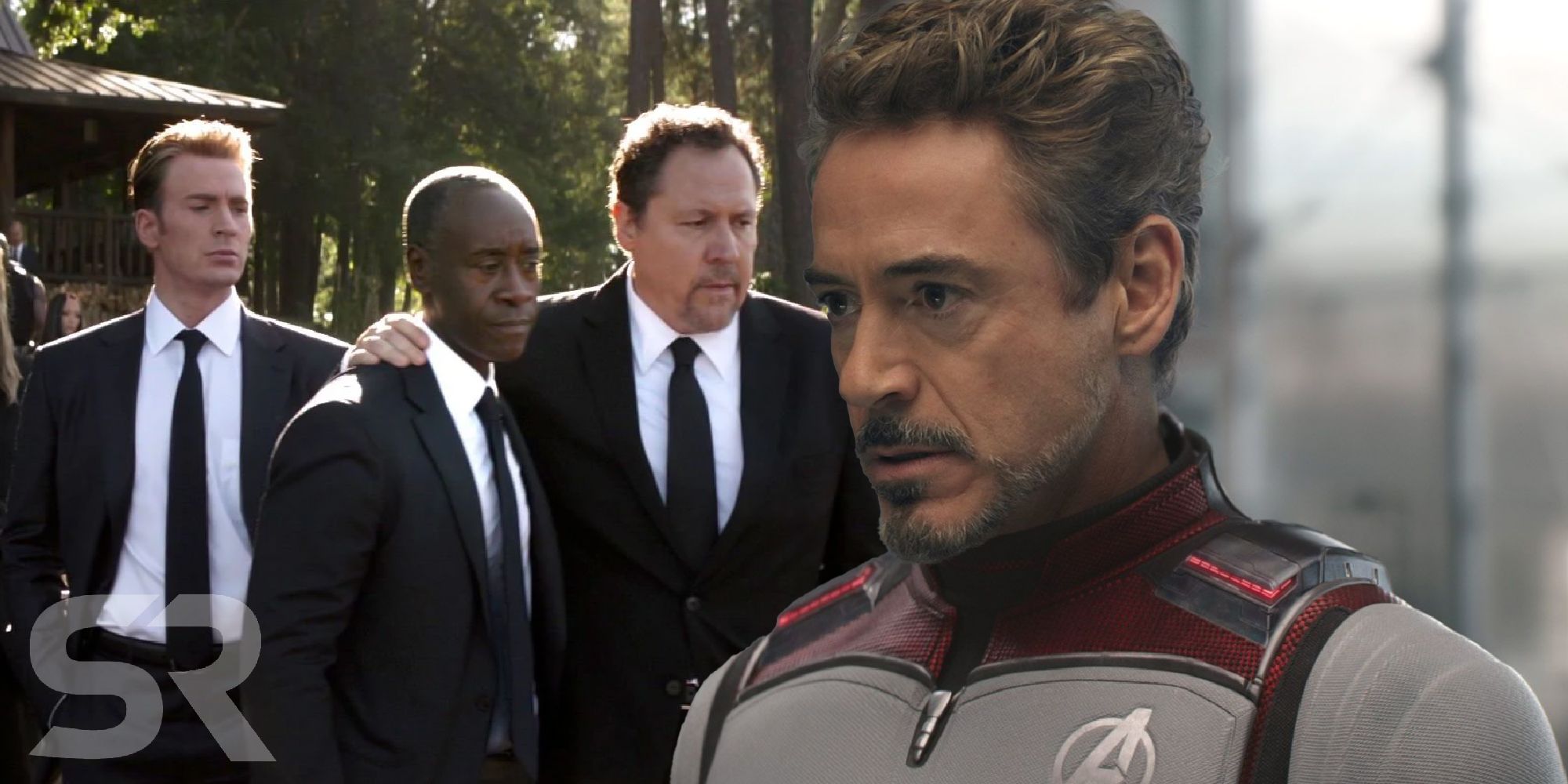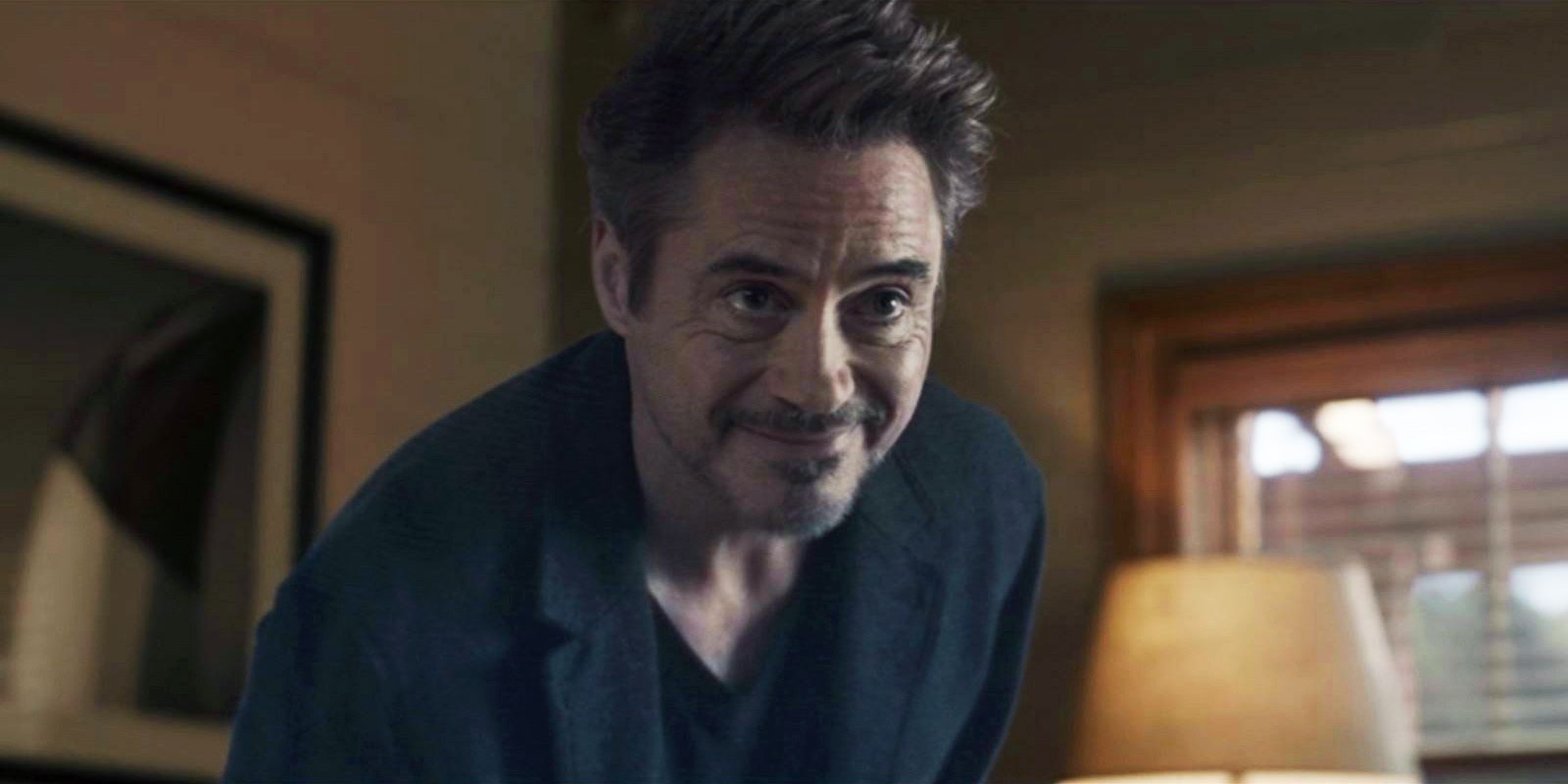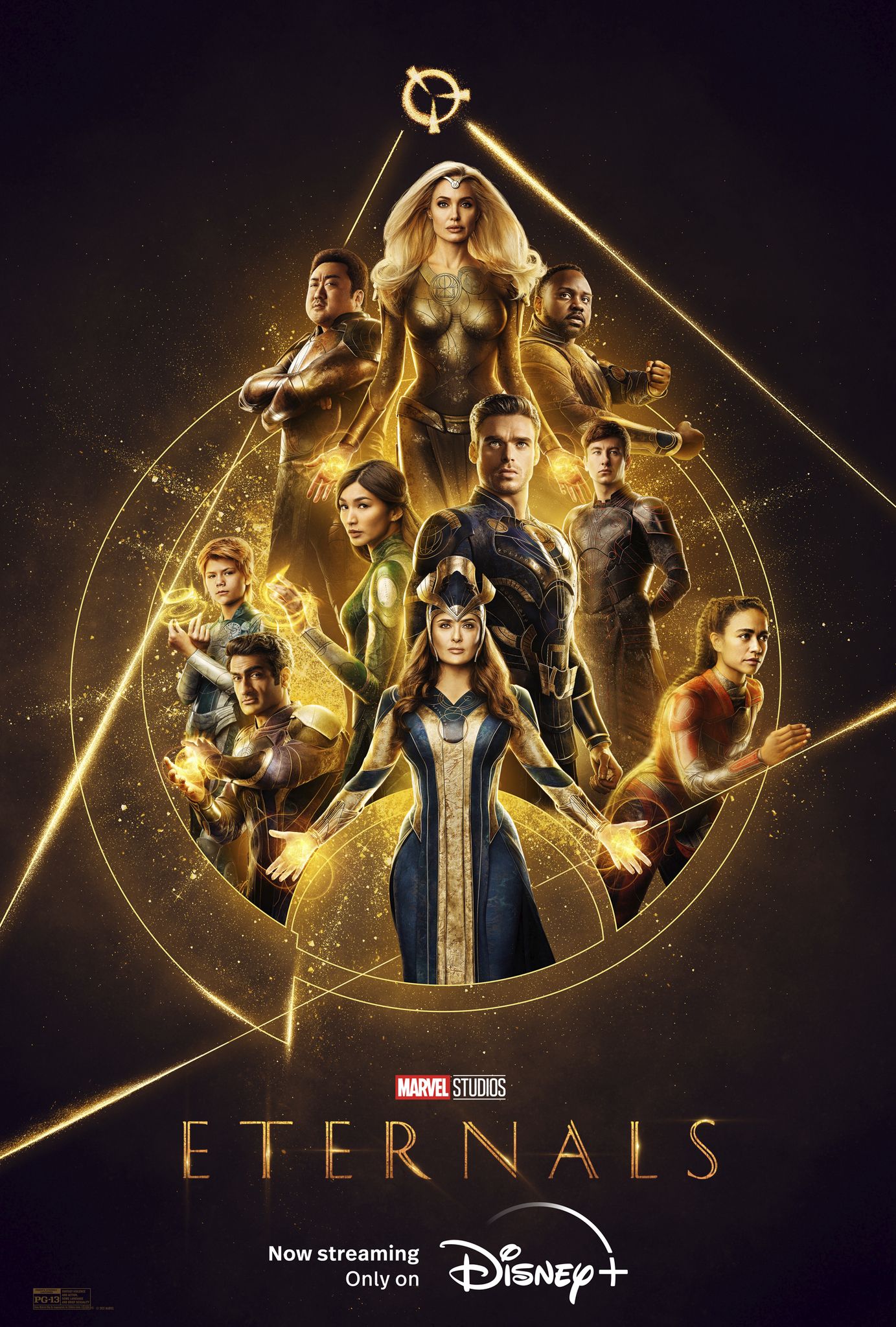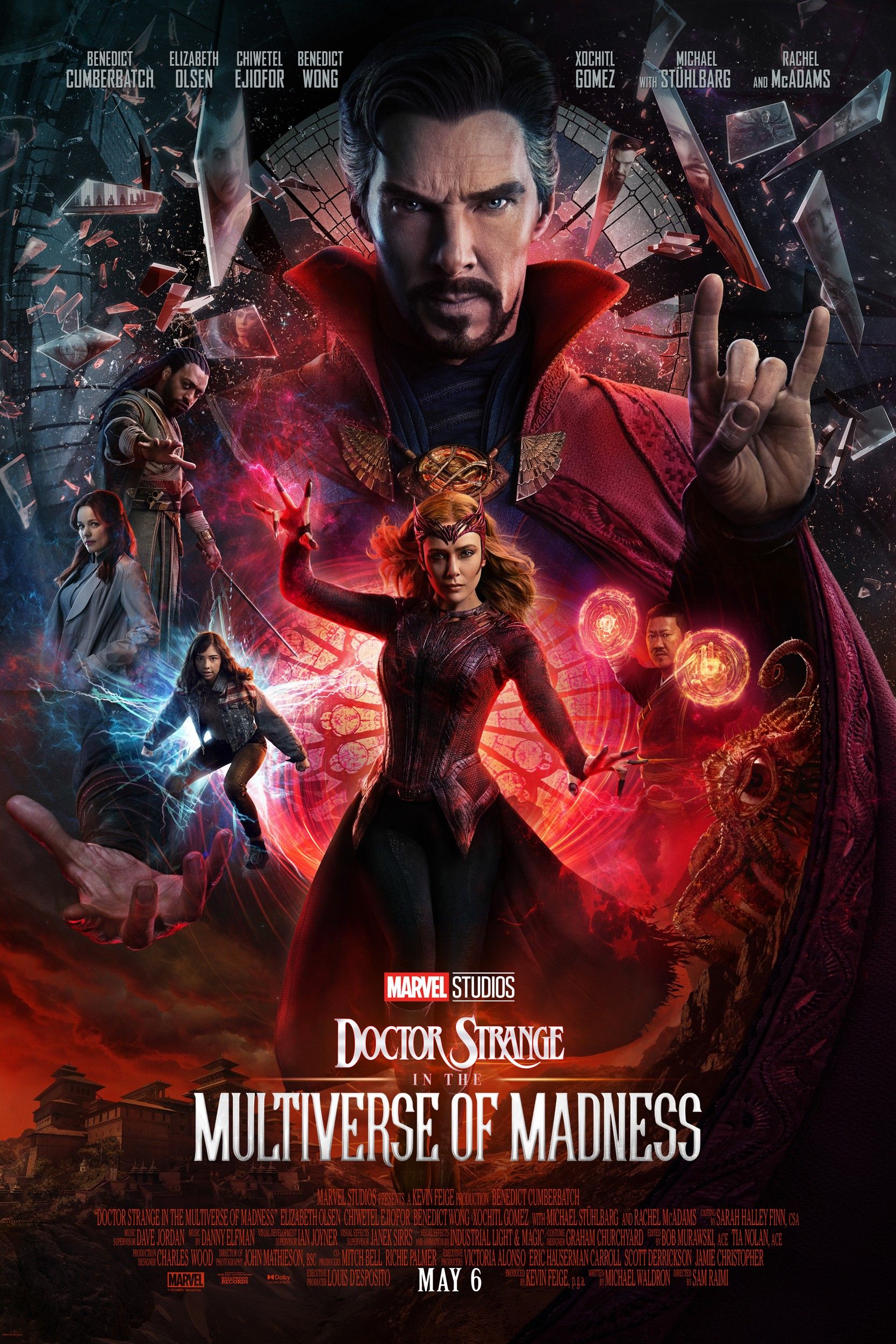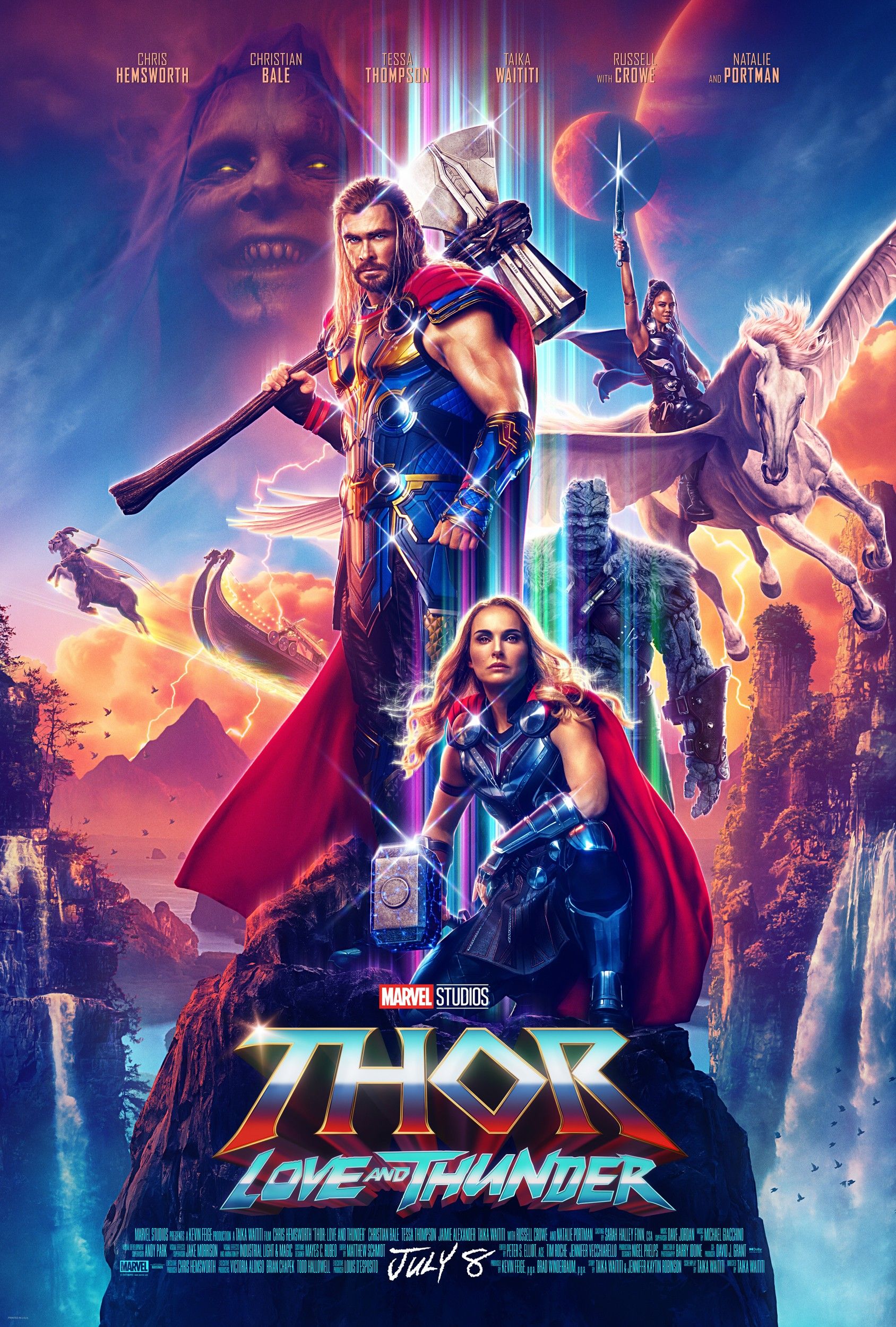In Avengers: Endgame, the tragedy of Iron Man is solidified in a funeral scene full of MCU cameos where, save for few exceptions, many in attendance do not know Tony Stark outside of his superhero persona. The relatively short sequence, while touching, ultimately manages to reinforce the tragic erasure of Tony Stark with by his legacy as Iron Man.
Tony's funeral scene assembles an assortment of heroes from all corners of the MCU - including the surviving Avengers, the Guardians of the Galaxy, and the remnants of S.H.I.E.L.D. - as they watch Iron Man's arc reactor drift away. A symbolic representation of Tony's life as Iron Man, which has been on display for nearly every minute of his time within the MCU, the arc reactor and its prominence at the funeral seemingly disregards much of Tony's solo story within the franchise. Likewise, it is clear that most of those in attendance have gathered to celebrate Iron Man as a symbol more than the real man inside the suit of armor.
The conflating of civilian and superhero identities has been an element of this iteration of Iron Man from the very beginning of the movie franchise. Despite Iron Man's comic book history, where early depictions show a hero with a more traditional secret identity, the filmmakers chose to have Tony Stark fully and openly embrace his alter ego early on, declaring "I am Iron Man" to a crowd of interested reporters at the end of Iron Man. The phrase is obviously a pivotal one to the series, and comes back around in Endgame as Tony - having retrieved all the Infinity Stones and preparing for the Snap which will end Thanos once and for all - reaffirms the overlap between the two sides of his personality shortly before his death.
During his MCU journey, fans have seen the struggle between both of Tony Stark's identities. In Iron Man 3 the audience begins to see the obsession that has taken over the character who, in the aftermath of The Avengers, compulsively builds new suits and weaponry. The MCU chooses to reinvent Tony's "Demon in a Bottle" arc from the comics, which sees him combat alcoholism in the midst of his depression, but swaps tech for booze as Tony's primary coping mechanism. Reasons for this story change were likely due to the desire to make the films more palatable to younger audiences, as well as to distance actor Robert Downey Jr. (who has publicly and openly struggled with his own addiction prior to his time as Iron Man) from such material. However, with this change comes the side effect of leaning even more heavily into the Iron Man symbolism and away from Tony Stark the man.
Tony's real tragedy, therefore, is his loss of identity throughout the series - the blurring of lines between his two competing identities. As the character who effectively kicked off what was to become an extensive and ever-expanding universe, early depictions of Tony were fairly tight and largely focused on his atonement for the violence his weapons tech had inflicted on the world. But with the end of the Iron Man trilogy coming relatively early in Tony's MCU tenure, much of the character's maturity occurs off-screen and he is becomes more of an ensemble player, albeit an incredibly influential one. There simply isn't enough narrative space to explore the character with more depth, despite his prominence within the series.
Revisiting Tony's well-attended funeral scene in Avengers: Endgame raises an interesting question: who here really knows Tony Stark? Of course, Pepper, Rhodey, and Happy are present, and there's a blink-and-you'll-miss-him by Harley Keener (the kid who connected with Tony all the way back in Iron Man 3). But even these character relationships have been dwarfed by the MCU's larger story and its effect on the overall arc of Iron Man - not unlike Tony himself.

